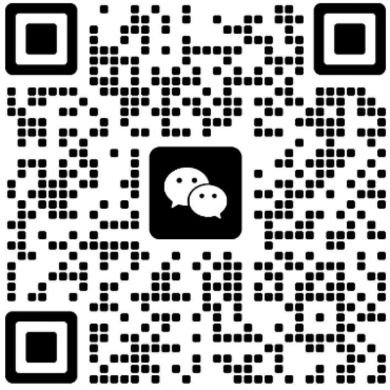
When it comes to selecting the perfect backpack for your child, size matters more than you might think. Many parents overlook this important factor, but the right backpack size can ensure comfort, safety, and practicality for your little one. This Backpack Size Guide For Kids will help you understand what to look for as your child grows so you can make a well-informed choice.
Why Backpack Size Matters
The size of a backpack plays a significant role in your child’s comfort and health. A poorly sized backpack can lead to discomfort, back pain, or even affect their skeletal development. The right size ensures that the weight is evenly distributed, which reduces strain and helps avoid unnecessary injuries.
1. Preschoolers: Small and Safe
For younger children, particularly preschoolers, the focus should be on comfort and safety. A small backpack with two shoulder straps is ideal. This helps distribute the weight evenly, preventing the backpack from swinging or pulling unevenly on one side of the body.
For added safety, consider a backpack with a safety leash. This allows parents to hold onto the leash, preventing the child from wandering off while keeping them within sight.
-
Ideal Size: Small, compact backpacks (usually around 5-7 liters).
-
Additional Features: Safety leash, bright colors for visibility.
2. Elementary School: Room for Essentials
As children begin elementary school, their needs change. They’ll need more space to carry books, water bottles, snacks, and possibly even lunch. A backpack with a capacity of 10-15 liters is a great fit for this age group.
Organization is key at this stage. Look for backpacks that have multiple compartments, making it easier for your child to access their items without making a mess. The backpack should also be lightweight and easy to carry, with wide, padded straps for added comfort.
-
Ideal Size: 10-15 liters, with compartments for organization.
-
Additional Features: Comfortable, padded straps; breathable material for ventilation.
3. Middle School: Bigger, but Not Too Big
When your child reaches middle school, their backpack needs will increase again. They’ll be carrying more items, such as textbooks, notebooks, and even a laptop. At this point, a backpack with a capacity of over 15 liters is necessary.
While they may need a larger size, it’s still important to avoid overly bulky backpacks that can be hard to carry. Choose a backpack with extra padding for added comfort, especially in the straps and back panel, as well as additional compartments to keep everything organized.
-
Ideal Size: Over 15 liters, more space for extra books and devices.
-
Additional Features: Extra padding, adjustable chest/waist straps for weight distribution.
4. Key Features to Look for in a Backpack
Apart from size, here are some additional features to consider when choosing a backpack for your child:
-
Comfort and Breathability: Look for backpacks with sandwich mesh fabric and thick, breathable padding. This will keep your child’s back dry and well-ventilated, especially on hot days. The straps should be at least 5 cm wide for proper weight distribution.
-
High Visibility for Safety: Choose bright colors like yellow, orange, or fluorescent green. These colors make it easier for motorists and pedestrians to spot your child. For added safety, some backpacks come with reflective materials that enhance visibility in low light.
-
Easy-to-Clean Materials: Since children can be hard on their belongings, choose backpacks made from lightweight, durable materials like nylon or canvas. These materials are easy to wipe down and maintain.
Conclusion: Choosing the Right Backpack for Your Child
Selecting the right backpack size for your child can make all the difference in their comfort and safety. From small backpacks with safety leashes for preschoolers to larger, padded options for middle schoolers, the Backpack Size Guide For Kids ensures that your child’s backpack is a perfect fit for their needs.
By considering factors like comfort, visibility, and organization, you can make sure your child has a backpack that helps them thrive both at school and at play.



